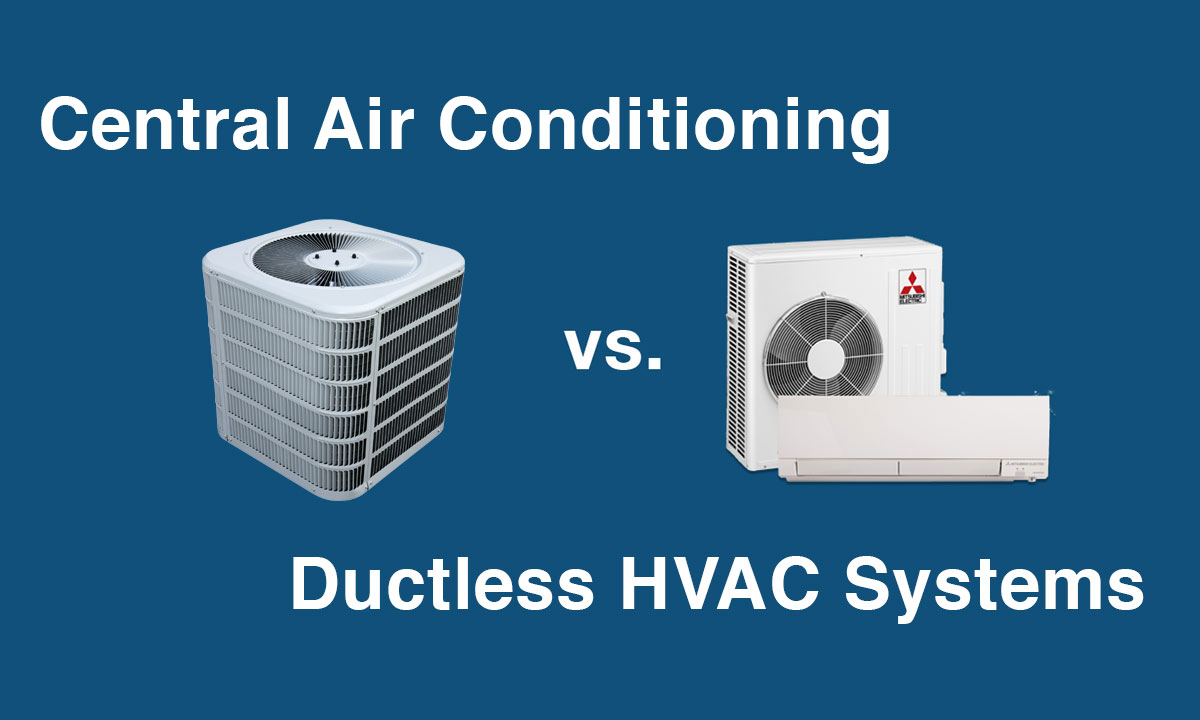Making the decision between a ductless and traditional HVAC system can be difficult. In this post, we’ll take a look at the pros and cons of each system so that you can make an informed decision.
Are you in the market for a new HVAC system and can’t decide between ductless and traditional? You’re not alone, as choosing the right HVAC system is an important decision that could affect your home’s comfort levels and contribute to overall energy costs.
With so many types of systems available, it can be easy to become overwhelmed; however, understanding the basics, such as the price differences between ductless and traditional HVAC systems, will help make your decision easier.
In this blog post, we’ll discuss why selecting either a ductless or traditional unit may best serve you based on individual needs, along with the associated installation and environmental impacts depending on which type you choose.
What are the benefits of a ductless system over a traditional one?
Ductless systems are an attractive option for those looking to upgrade their heating, ventilation, and air conditioning (HVAC) setup. Unlike traditional systems that rely on bulky ductwork throughout a building, ductless HVAC offers numerous advantages, such as improved energy efficiency and flexibility.
Installers only need to make a few small holes in the walls, saving time and materials on installation costs. Additionally, the smaller size of the components allows for zoning options; users can control different temperature settings for each room, which can help reduce electricity usage by only heating the space that is necessary.
Finally, ductless systems are quieter than their traditional counterparts and require less maintenance due to fewer moving parts. All these features illustrate why investing in a ductless system could be beneficial in many places.
How do they work, and what are the installation costs like?
Central air installation is a complex process, but knowing how it works and the expected costs can make it more manageable. It starts with determining your home’s cooling capacity and selecting the central air unit based on size and efficiency rating.
Once that has been done, a professional central air technician must then calculate the task of installing the central air system, including assembly, connections to existing ductwork, wiring, refrigerant charging, final checks for functionality and safety, and more. The installation costs vary based on your central air unit selection and labor rates. Talk to your central air professional to get an idea of what to expect on the cost side.
Are there any drawbacks to using a ductless system in your home or office building?
Using a ductless system in place of traditional air conditioning can seem appealing due to the promise of lower energy bills and freedom from cumbersome ductwork.
Though these benefits are undeniable, there are some potential drawbacks that you should take into consideration before committing to a ductless system. Installations and upkeep of such systems can be costly, sometimes making them impractical depending on your budget.
Furthermore, if not properly maintained, a ductless system may fail to provide optimal air circulation, resulting in inefficient cooling that may serve the opposite purpose.Ultimately, while using a ductless system has great potential for cost efficiency and convenience, budgeters are advised to do their due diligence before deciding if it is the best option for their home or office environment.
Which one is right for you—ductless or traditional HVAC systems?
For many homeowners, choosing between ductless and traditional HVAC systems can be a daunting task. When deciding which type of system is best for you, it’s important to weigh the pros and cons of each option, including energy efficiency, the installation process, cost, maintenance, and performance. Ductless systems offer more flexibility in installation since no ductwork is required, but may require additional seasonal upkeep due to their use of an outdoor unit.
Traditional HVAC systems generally involve greater upfront costs because of the need to install ducts in your home; however, they’re more efficient and can last longer than ductless systems over time. Finally, it comes down to what your personal needs are; both are viable options that can keep your home comfortable all year.
When it comes to HVAC systems, there are pros and cons to both ductless and traditional systems. It’s important to do your research to see which system is best for your home or office space.
Consider the climate you live in, the size of the space you need to heat or cool, and your budget when making your decision. We hope this blog post has helped give you some insight into ductless vs. traditional HVAC systems.
